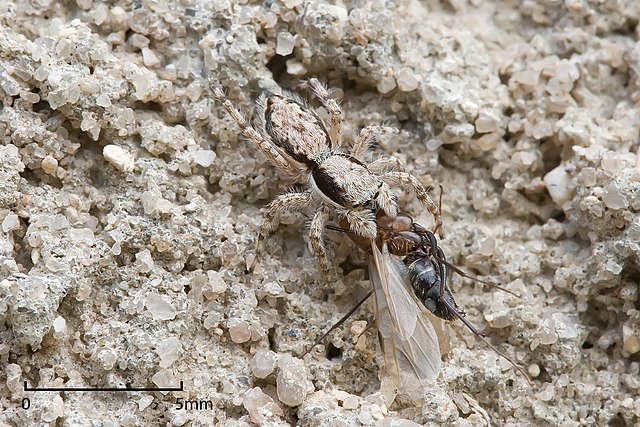Underwater camouflage is the set of methods of achieving crypsis—avoidance of observation—that allows otherwise visible aquatic organisms to remain unnoticed by other organisms such as predators or prey.
Leafy sea dragon avoids recognition by predators, with alga-like coloration, protuberances and behaviour
Many animals of the open sea, like this Aurelia labiata jellyfish, are largely transparent.
The transparent goby
The adult herring,Clupea harengus, is a typical silvered fish of medium depths.
In ecology, crypsis is the ability of an animal or a plant to avoid observation or detection by other animals. It may be a predation strategy or an antipredator adaptation. Methods include camouflage, nocturnality, subterranean lifestyle and mimicry. Crypsis can involve visual, olfactory or auditory concealment. When it is visual, the term cryptic coloration, effectively a synonym for animal camouflage, is sometimes used, but many different methods of camouflage are employed by animals or plants.
Hiding
Revealing itself
A Draco lizard showing camouflage methods including background matching, disruptive coloration, reduction of shadow, and cryptic behavior in Bandipur National Park
Camouflage allows animals like this disruptively-patterned spider to capture prey more easily.








